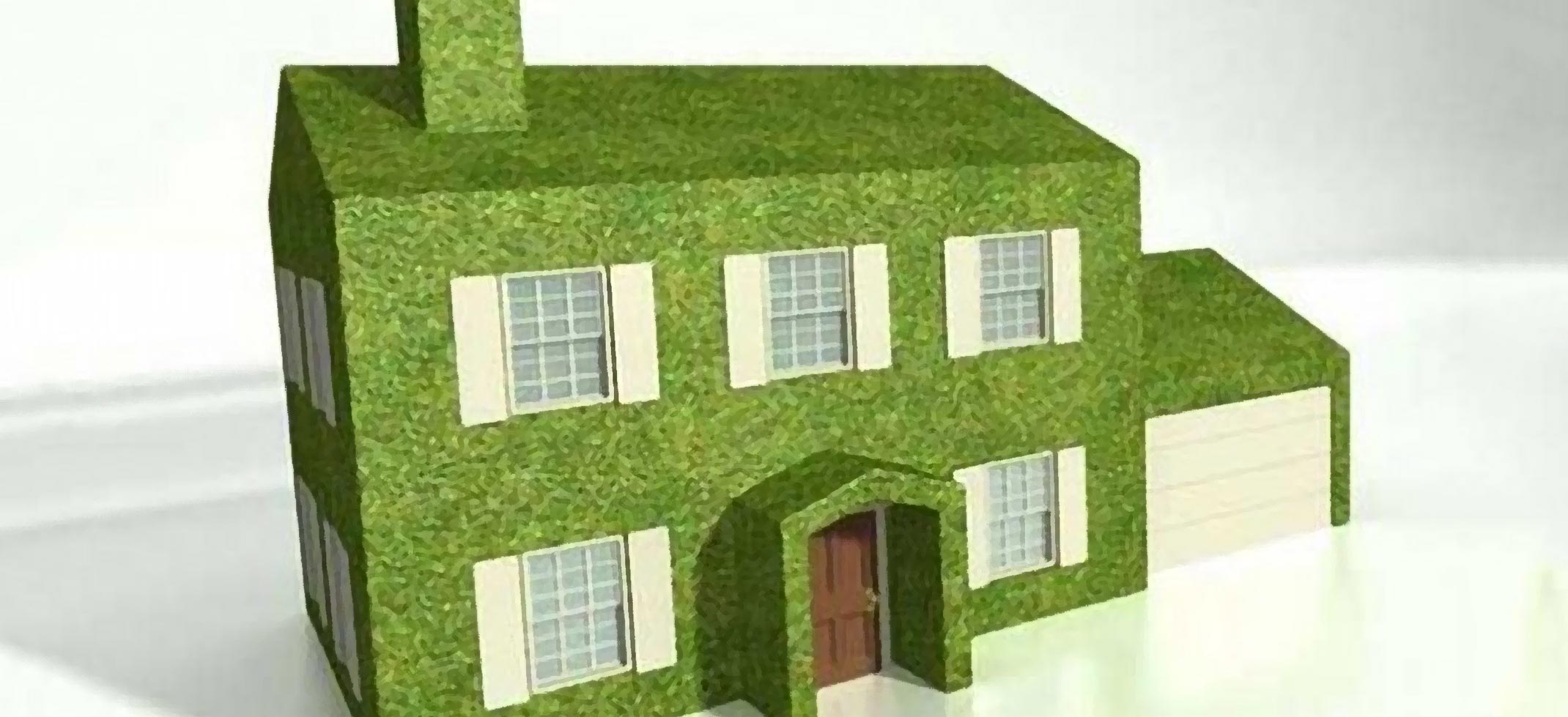The principle of cogeneration is the simultaneous production of multiple forms of energy from a single source and a single process. Usually, cogeneration plants generate heat and electricity through turbines or engines powered by natural gas; in some cases the source of primary energy used is connected to renewable energy or waste. In a cogeneration power plant the flue gases are cooled before exiting, giving off heat in the form of hot water or steam at high pressure.
Cogeneration allows to simultaneously produce electricity and thermal energy in a distributed manner, directly at the load, with systems installed in large structures, such as hotels, condominiums, hospitals, or in urban centers. In Italy, 70% of energy is produced by gas-fired power plants, where the thermal heat generated is usually not recovered. Thus, from the initial energy, electrical outlet is reached only by 33% of the energy contained in the gas. With the micro-cogeneration, however, the heat produced by the combustion is not lost, but is used directly by the user or stored for short periods in special thermal storage.
The cogeneration of very small size (micro-cogeneration), able to meet the electricity and heating requirements of a single house, is already a viable solution and is emerging as an attractive energy solution for the residential sector. It could play an increasingly important role in achieving the objectives set by the EU directive energy-climate-efficient technology, being able to contribute effectively to the voice of reducing fuel consumption and, more generally, in field of energy efficiency.






